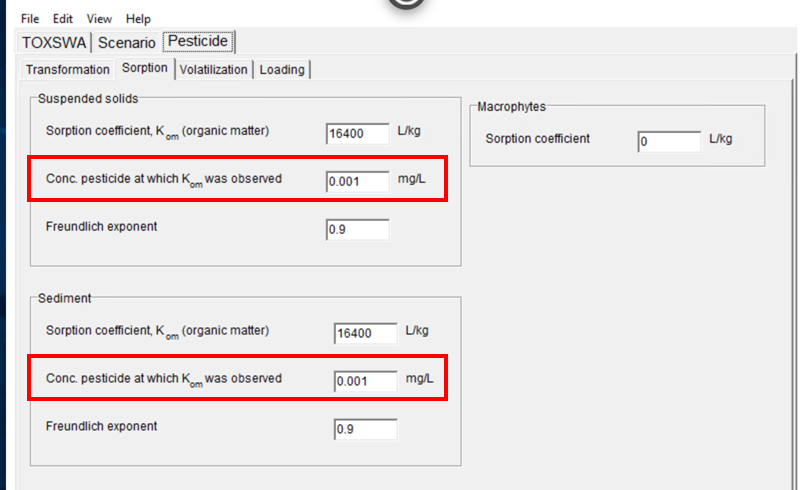We’ve heard what you have to say and are working on it!
First of all to all respondents: Thank you for filling in our stakeholder questionnaire! We are extremely pleased that you value our expertise, quality, reliability and integrity so highly. We cherish it, and aim to keep it that way. Conversely it is true that we score poorly on our lead times – not unexpectedly. We are very well aware of this and have taken it to heart. Shortening our lead times will be an extremely high priority in our new long-term strategy, and we are fully committed to this in the continued development of our organisation.
Another point that came up is that we should evaluate in a more harmonised way – in accordance with European Union legislation. We are not unaware of this signal as well, which refers in particular to mutual recognition of plant protection products and zonal applications for which we are a concerned member state. Perhaps we do in fact try a little too hard and should be able to ‘follow’ a bit more – we are going to take a very good look at this. On the other hand, the European evaluation is frequently not fully complete. Parts of the evaluation are shifted to member state level. We see this for example if there is still no harmonised method, or because refinement studies are not representative of other member states, such as assessing risk for birds. For whatever reason, the signal is clear. This means that we will continue to examine our methods with a critical eye and continue to work within the European Union for harmonisation that is as thorough as possible.
In sum, we do not conduct our stakeholder survey without reason. The results keep us sharp and stimulate us to examine our existing methods. With your signals, you show us the direction we should and will take. We intend to do our best to achieve better scores in four years’ time!
Ingrid Becks
Secretary/Director



